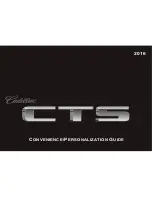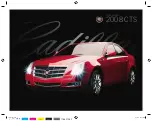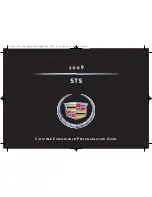
NOTE:
Although the maximum vehicle speed is re-
duced to 48 mph (77 km/h), you may of course reduce
vehicle speed further as needed.
JACKING AND TIRE CHANGING
WARNING!
•
Do not attempt to change a tire on the side of the
vehicle close to moving traffic. Pull far enough off
the road to avoid the danger of being hit when
operating the jack or changing the wheel.
•
Getting under a jacked-up vehicle is dangerous.
The vehicle could slip off the jack and fall on you.
You could be crushed. Never get any part of your
body under a vehicle that is on a jack. Never start
or run the engine while the vehicle is on a jack. If
you need to get under a raised vehicle, take it to a
service center where it can be raised on a lift.
(Continued)
WARNING! (Continued)
•
The jack is designed to use as a tool for changing
tires only. The jack should not be used to lift the
vehicle for service purposes. The vehicle should
be jacked on a firm level surface only. Avoid ice or
slippery areas.
•
A loose tire or jack thrown forward in a collision
or hard stop could endanger the occupants of the
vehicle. Always stow the jack parts and the spare
tire in the places provided.
378
WHAT TO DO IN EMERGENCIES
Summary of Contents for 2010 Journey
Page 2: ......
Page 5: ...1 INTRODUCTION 5...
Page 8: ......
Page 174: ......
Page 180: ...INSTRUMENT CLUSTER 180 UNDERSTANDING YOUR INSTRUMENT PANEL...
Page 290: ......
Page 332: ...332 STARTING AND OPERATING...
Page 386: ...Jack Engagement Locations 386 WHAT TO DO IN EMERGENCIES...
Page 470: ......
Page 481: ...INDEX 10...
















































